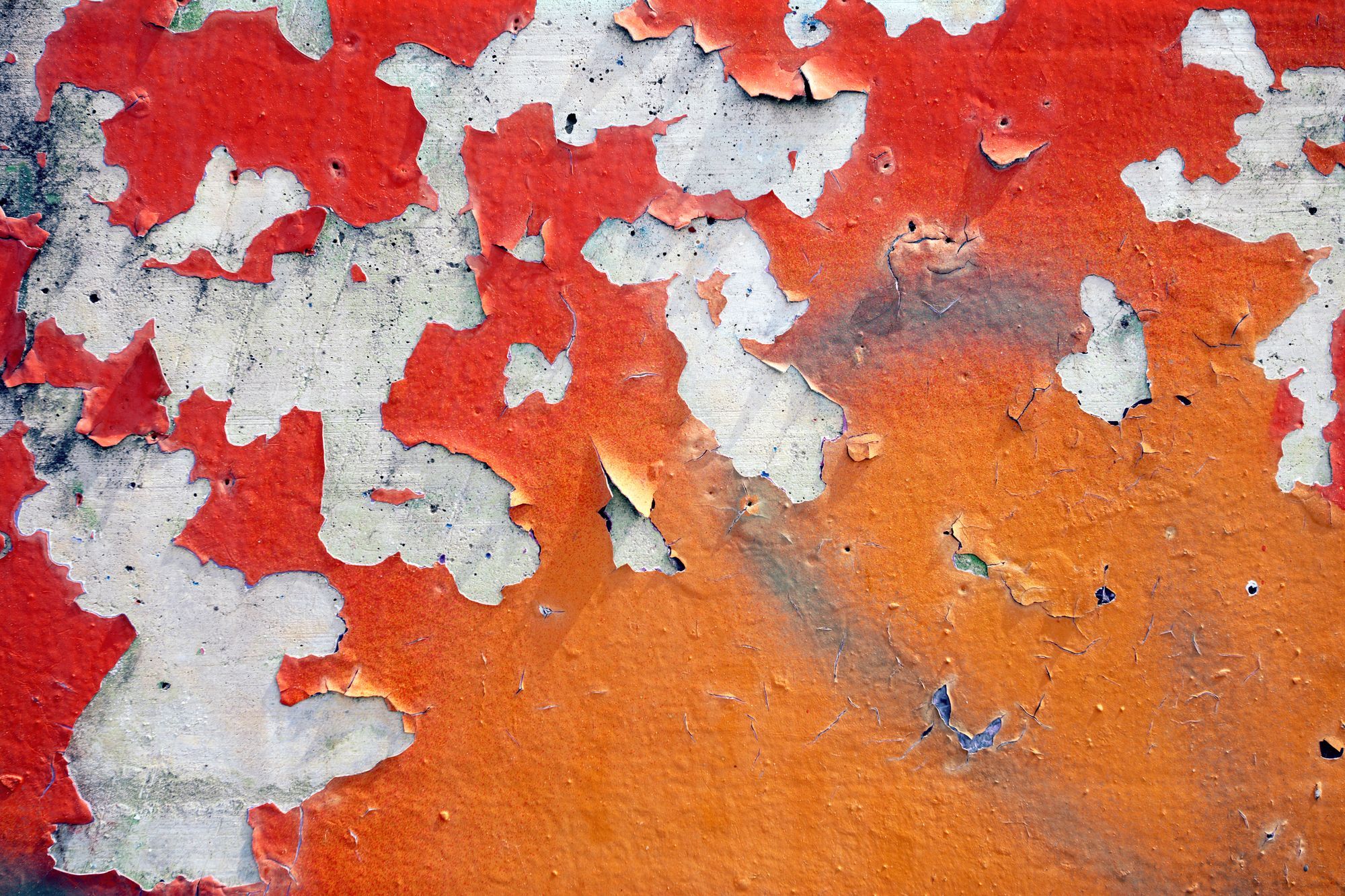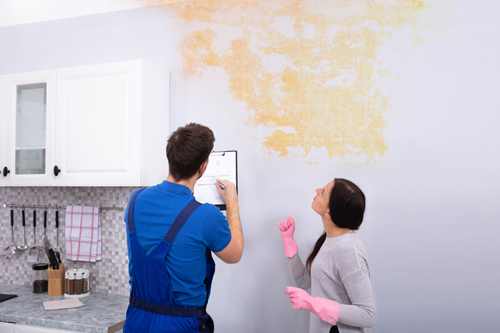What're your opinions regarding How to Find and Repair Water Leaking in the Wall?

Water stains on wall surfaces are not enjoyable to the eyes. Your home should lack spots on the walls, roof covering, or floorings. That is the optimal state of a residence as well as its structures. Yet, sometimes it appears practically inevitable to experience water spots on walls in homes.
Homeowners living in moist regions constantly take care of the concern of water stains on walls. Yet that doesn't have to be the case for you. With well-rounded and also accurate information on the reasons for water stains and also timely repair work processes, you will constantly be an action ahead of such incidents. This short article assures to be a practical guide for you.
3 Common Causes of Water Discolorations on Walls
In contrast to common belief, water spots on wall surfaces do not always originate from poor structure products. There are numerous causes of water stains on walls. These include:
Poor Drain
This will certainly protect against water from leaking into the wall surfaces. This links to extreme wetness that you observe on the walls of your structure.
The leading reason of damp walls, in this instance, can be an inadequate drain system. It can also be due to inadequate monitoring of sewer pipes that run through the building.
Damp
When warm damp air consults with dry cold air, it creates water beads to base on the wall surfaces of structures. This happens in kitchens and bathrooms when there is vapor from food preparation or showers. The water beads can tarnish the surrounding walls in these parts of your home and also infect other locations.
Wet or condensation impacts the roof and walls of structures. When the wall surface is damp, it produces a suitable setting for the growth of microbes as well as fungi.
Pipeline Leaks
Many residences have a network of water pipelines within the walls. It constantly increases the practicality of such pipes, as there is little oxygen within the wall surfaces.
Yet, a downside to this is that water leakage influences the walls of the structure and creates extensive damages. An indicator of faulty pipes is the appearance of a water discolor on the wall.
Water Stains on Wall Surface: Fixing Tips
Property owners would generally desire a quick fix when dealing with water stains. Yet, they would quickly realize this is counterproductive as the water spots reoccur. So, below are a couple of handy tips that will guide you in the fixing of water discolorations on wall surfaces:
Pro Pointer
A houseplant in your house likewise enhances its moisture. If the residence is currently damp, you may desire to introduce houseplants with marginal transpiration. An instance of ideal houseplants is succulents.
Verdict
Although no person intends to have water spots on walls in their house, it can occur to the best people. This post provides you leverage, as you now know how to manage this mishap if it does happen.
It is always best to hire professional services to help fix the problems in your home.
Occasionally it seems virtually unpreventable to experience water discolorations on wall surfaces in homes.
Contrary to preferred idea, water discolorations on walls do not constantly stem from bad structure products. There are a number of reasons of water stains on walls. The water beads can tarnish the surrounding walls in these components of your home as well as spread to various other areas.
Right here are a couple of practical pointers that will direct you in the fixing of water stains on walls:
How to Fix Water Stains On Walls
Water stains on walls aren’t something anyone enjoys to look at in their home. It might seem like an easy option to just paint over the stain, but it will take more than that. It’s very important to determine if there is an ongoing problem causing the stain, and fixing that before you go any further. If you don’t follow the steps, you could have more problems down the line.
Solve the Underlying Issue
Water stains on walls are a big sign of water damage. Seeing this is your signal to find out where the water could be coming from. Most likely this is due to a leak somewhere in your plumbing, but there could be other causes. These problems can be from somewhere outside your home as well. If you can’t determine where the leak is coming from, call your local plumber to find the leak and repair it.
Here are some common reasons water damage can occur:
Plumbing failures Construction failures Natural events Appliance failures Dry the Area
Once you’ve fixed the underlying problem, you need to make sure the area is completely dry. You can do this using dehumidifiers and fans. Place the dehumidifier on the highest setting in between two fans. Depending on how large the stain is, it can take hours to completely dry. Even if the wall only feels a little damp, it’s still important to fully complete the drying process. If you’re in count, go ahead and allow the fans and dehumidifier to run overnight.
Remove Loose Material
Water stains on walls may be covering more damage than what you can see. Use a painter’s knife or a putty knife to scrape away at any loose paint or material from the wall. If the damage is minor, you will just be scraping away at the layers of paint. If the damage is more prominent, you may need to scrape away deeper into the wall to remove all the damaged material.
Clean the Area With Bleach
Once you’ve removed all the damaged material and the water stains from the walls, use a bleach mixture to sanitize the area. If it’s not sanitized, it can lead to mold. Carefully wipe down the area to avoid letting bleach drip onto your floors or furniture. Make sure when you are cleaning the area to get into every crevice to ensure mold will not be able to grow. After you have done this, allow it to air dry completely before moving to the next step.
Repair the Wall if Needed
Now that the area is cleaned, it’s time to repair the wall. If you had to scrape away at more than just the paint on the wall, you will need to use drywall mud to fill in any cracks, dents, or crevices. Use your painter’s knife to smooth it over and let it dry. Use some sandpaper to sand it down to make it even with the wall. If you need to do a few layers, that’s completely fine. Just make sure to allow it to dry between each layer.
https://www.1tomplumber.com/how-to-fix-water-stains-on-walls/

Do you enjoy reading about How to Remove Water Stains from Walls and Ceilings? Write a comment further down. We will be glad to find out your thinking about this article. In hopes to see you back again in the future. If you appreciated our blog post if you please don't forget to share it. I am grateful for your time. Kindly visit our blog back soon.
Call Us Now